What to Look for When Buying a Used Honda CR-V
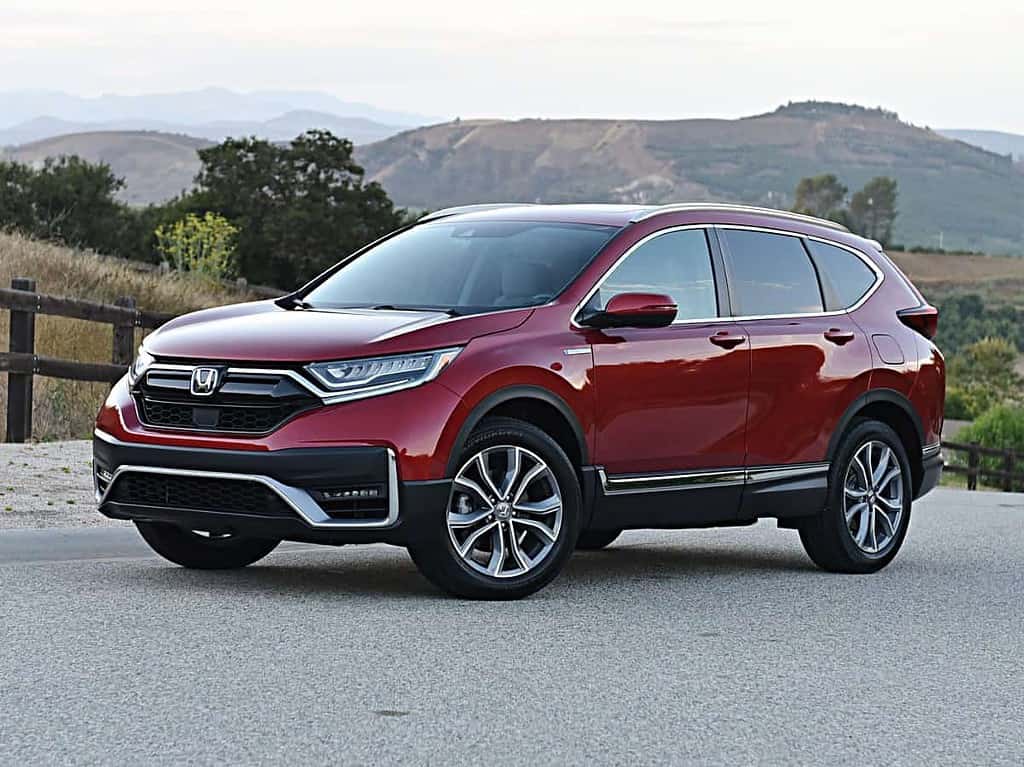
The Honda CR-V is the second biggest-selling SUV in the entire world and it’s been in continuous production since as long ago as 1995. Honda has stated in the past that “CR-V” actually stands for “Comfortable Runabout Vehicle,” although “Compact Recreational Vehicle” is a term that was once used in a review article in the UK that was then republished by Honda.
Regardless of what you think its name stands for or how long it’s been around, the Honda CR-V is still an incredibly popular model in both the new and used markets. If you’re interested in buying one, here I’m going to tell you what to look out for when buying a used Honda CR-V by covering the following:
- Honda CR-V History
- Honda CR-V Hybrid
- How much should you pay for a used Honda CR-V?
- What’s so special about the CR-V?
- Potential issues to look out for
- Honda CR-V rivals and alternatives
- Should you buy a used Honda CR-V?
- Honda CR-V history
The CR-V is a compact crossover SUV that’s been around since well before crossovers even became a thing. It went into production in 1995 and was built on the same platform as the Honda Civic of that time, but it wasn’t until a couple of years later in 1997 that it first appeared in North America.
To begin with, Honda built all its CR-Vs in Japan and the UK but in 2007 North American production got underway in East Liberty, Ohio. There have so far been five different generations of the Honda CR-V and the current fifth generation started with the 2017 model year.
An all-new sixth generation of the CR-V is currently been developed and is expected to be bigger than the fifth generation when it launches as a 2023 model year.
First-generation Honda CR-V (1995-2001)
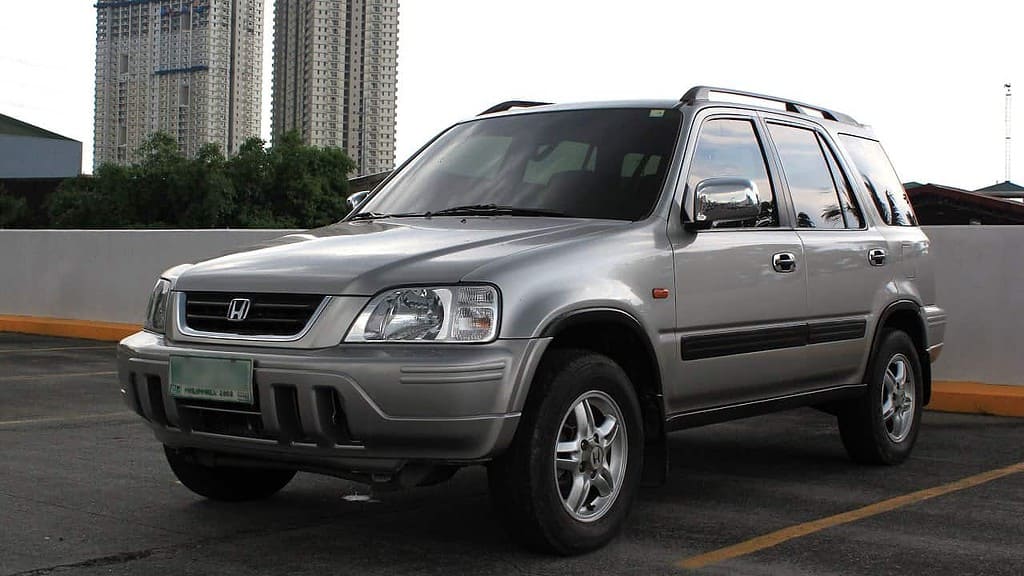
Because the exterior width dimensions exceeded Japanese Government dimension regulations, the first-generation Honda CR-V was actually classified as a luxury vehicle in its native Japan. It first saw the light of day on American soil at the 1996 Chicago Auto Show and retail sales got underway in February 1997.
From day one, the CR-V has always been a five-door compact crossover SUV but the first version was only available in a single trim level that eventually became known as the LX. There was also only one engine available which was a 2.0-liter inline-four that produced 126 horsepower and 133 lb.-ft. of torque.
The first generation got a notable facelift in 1999 along with a more powerful engine, but I’m not going to go into great detail about the pros and cons of a model that’s now more than two decades old. You’ll still find them for sale and going strong, and they’ll probably keep going for some time to come too because that’s what Hondas do.
Second-generation Honda CR-V (2001-2006)

The seventh-generation Honda Civic was the foundation for the second generation of the CR-V, which went into production in 2001 as a 2002 model year. As well as a comprehensive restyling, the second-generation models in North America were powered by a more powerful engine than before which put out 160 horsepower and 140 lb.-ft. of torque.
This generation got a facelift in 2005 and those 2005 and 2006 models are the earliest ones I’d recommend you consider buying if you’re looking for a cheap, sturdy compact crossover. If you’d like to know about the various trim levels and the standard features and equipment of second-generation models, here are some official brochures for you to download for free:
Third-generation Honda CR-V (2006-2010)
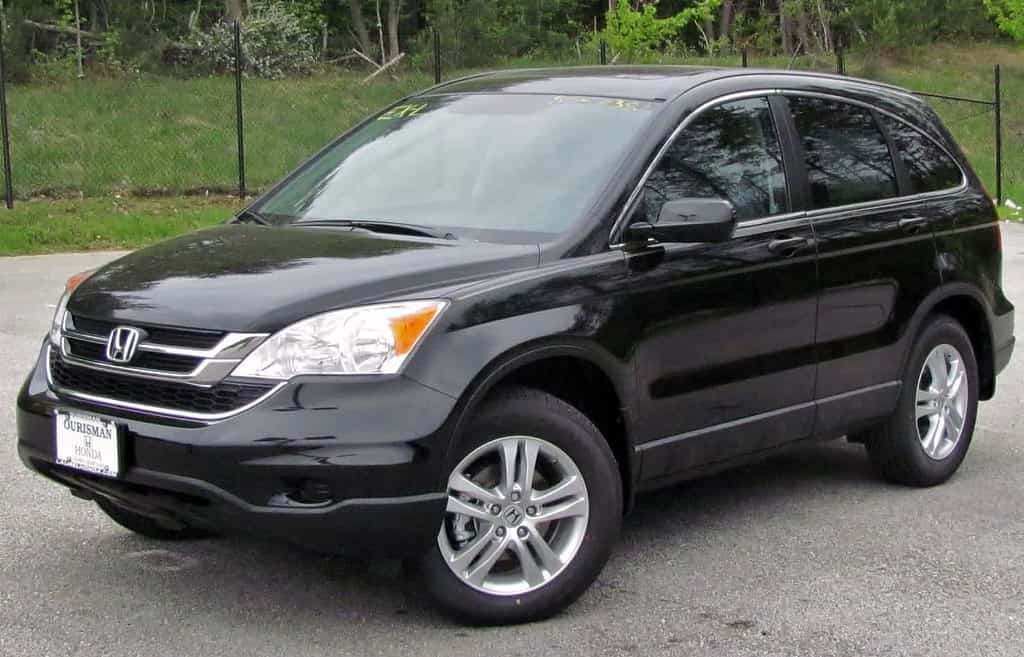
A third-generation of the CR-V went on sale in the US in September 2006 as a 2007 model year, and this is the point where I’d suggest you start looking seriously at buying a used Honda CR-V. This is the first time the CR-V started to look the way it does today and it’s a design that’s still holding up pretty well.
These versions of the Honda are powered by a 2.4-liter inline-four which in North America produces 166 horsepower and 161 lb.-ft. of torque, and this generation got its obligatory facelift for the 2010 model year.
If you’d like to know about the various trim levels and the standard features and equipment of third-generation models, here are the official brochures for you to download for free:
Fourth-generation Honda CR-V (2011-2017)
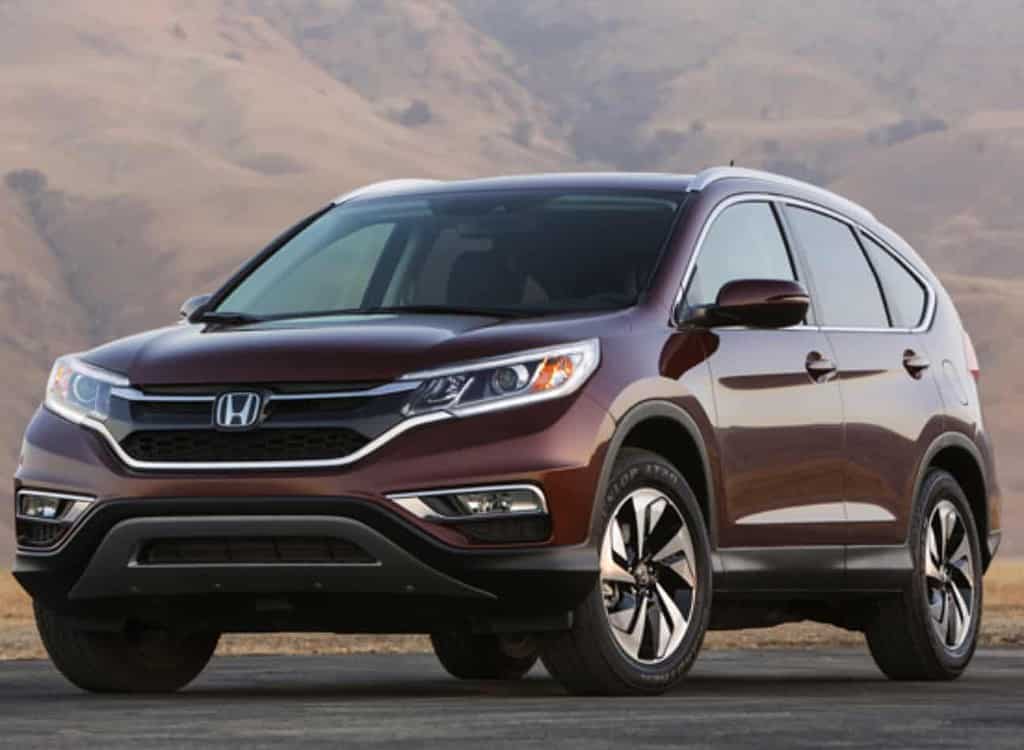
I think I’d better point out at this point that there will be some debate about model years and their production and on-sale dates. This is because the CR-V is a truly global model and new versions and facelifts get launched in different markets at different times. This fourth-generation went in to production in the US in 2011 and went on sale as a 2012 model year after making its debut at the Los Angeles Auto Show in 2011.
The engine under the hood of this one in North America is a 2.4-liter i-VTEC inline-four that produces 185 horsepower and 163 lb.-ft. of torque and sends that power to the front or all four wheels through a five-speed automatic transmission. This generation got its facelift in 2014 for the 2015 model year, but both pre and post-facelift versions are good-looking SUVs that are strong second-hand buys.
If you’d like to know about the various trim levels and the standard features and equipment of fourth-generation models, here are the official brochures for you to download for free:
Fifth-generation Honda CR-V (2017-present)
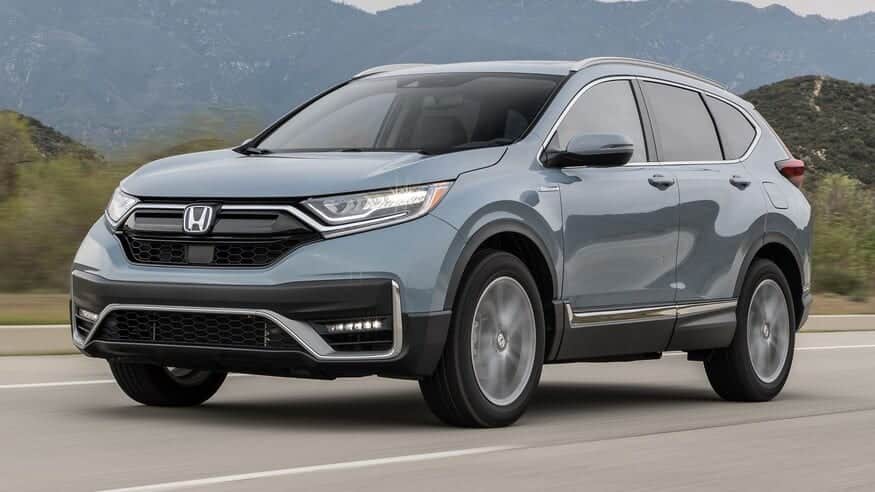
The current fifth generation of the CR-V went on sale in October 2016 in the US as a 2017 model year and can be found in both five and seven-seat formats. Under the hood of all US models up until the 2020 model year is either a 2.4-liter inline-four developing 184 horsepower or a 1.5-liter turbo-four that gives the Honda 190 horsepower to play with. When the 2020 model year came around the 1.5-liter turbo-four became the standard powerplant for all CR-V trim levels.
North America was the first territory to get the refreshed version of the fifth-generation which Honda unveiled in 2019 for the 2020 model year. If you’d like to know about the various trim levels and the standard features and equipment of fifth-generation CR-V models, here are some official brochures for you to download for free:
Honda CR-V Hybrid
Perhaps surprisingly, Honda didn’t introduce a hybrid version of the CR-V until the 2020 model year. The CR-V Hybrid uses a 2.0-liter Atkinson-cycle four-cylinder gasoline engine with Honda’s i-MMD hybrid system, but the gas engine mostly generates power for a lithium-ion battery that drives electric motors.
The net output of the system is 212 horsepower and its performance is almost identical to the gas-only version of the CR-V. However, the hybrid’s trump card is fuel economy with an EPA combined rating of 38 mpg. The CR-V Hybrid is an all-wheel-drive-only model and it’s more refined than the base CR-V as well as delivering superior fuel economy.
How much should you pay for a used Honda CR-V?
The CR-V holds its price pretty well and a three-year-old CR-V will only have lost around 29% of its original price. That compares to 37% depreciation for the Ford Escape and Chevy Equinox and 39% for the Nissan Rogue*.
This means that a brand new base CR-V that costs $25,350 today will cost you around $18,000 when it’s three years old and done around 40,000 miles.
Here’s a table showing the price range you should expect to pay for a used Honda CR-V from 2008 onwards, which is based on data from thecarconnection.com website.
| Model Year | Minimum Used Price | Maximum Price |
| 2008 | $4,495 | $12,995 |
| 2009 | $4,995 | $13,599 |
| 2010 | $4,912 | $14,999 |
| 2011 | $5,255 | $14,760 |
| 2012 | $7,155 | $17,661 |
| 2013 | $7,580 | $18,995 |
| 2014 | $9,248 | $20,000 |
| 2015 | $10,599 | $23,000 |
| 2016 | $11,900 | $24,999 |
| 2017 | $14,999 | $28,998 |
| 2018 | $15,922 | $30,750 |
| 2019 | $18,000 | $32,990 |
What’s so special about the Honda CR-V?
The Honda CR-V is special because it’s extremely good at everything it does and it doesn’t attempt to be anything it isn’t. There’s no attempt to make anyone believe the CR-V has hidden strengths as a serious off-roader, and it’s quite clear the Honda isn’t trying to be seen as a luxury vehicle.
Instead, the CR-V concentrates on trying to be the best all-around compact SUV package it can possibly be for the kind of driving most people do in their everyday lives.
The interior is spacious comfortable and practical, the styling is modern and instantly recognizable, the ride and drive are smooth and efficient, the build quality is superb, and the pricing is fair and affordable. As a used buy, all of the above still applies but it’s even better value for money because it’s even more affordable than it is new.
Potential CR-V issues to watch out for
One of the CR-Vs many strengths is its reliability, and the repairpal website gives it a rating of 4.5 out of 5.0 which makes it the second best model out of 26 in the compact crossover SUV segment. There are no intrinsic issues to watch for with the CR-V for most model years other than the usual wear and tear stuff you should look for with any used vehicle you’re looking to buy.
Like an auto, there have been problems from time to time so here are some you may have heard of you might want to keep in mind when shopping for a used Honda CR-V.
Engine oil dilution – This is a problem that sometimes occurs with the 1.5-liter turbo-four engines in fifth-generation CR-V models. What happens is the engine allows fuel to leak into the crankcase where it mixes with engine oil and this diluted mixture then raises the oil level in the oil pan, and this can then lead to serious engine damage.
Tell-tale signs of this issue are the check engine light coming on, a strong smell of gasoline in the cabin that’s so intense you can start to feel nauseous and dizzy while driving, and sometimes the engine can misfire or stall.
Battery problems – The battery going dead or draining to the point where there isn’t enough charge to start the CR-V is a problem that’s been reported since 2011 or earlier and it hasn’t gone away. Software fixes were released for the 2012 and 2017 model years but even these don’t always work, but some suggest the problem is more to do with Honda using weak batteries. Fitting a top-quality battery is probably all you’d need to do if you experience this problem.
Honda Sensing issues – Honda Sensing is an intelligent suite of safety and driver-assistive technologies designed to alert you to things you might miss while driving that will soon be standard across all Honda vehicles.
Unfortunately, some of these features can display glitches from time to time such as randomly braking the CR-V while being driven. That sort of thing can be fixed by Honda service centers, but there are some intrinsic problems such as the lane-keeping-assist feature not working properly when blinded by the sun.
Faulty Takata airbags – This was a massive issue that hit many automakers and the Honda CR-V was one of the models affected. This was a very serious fault of the component and not of Honda’s causing, but the company has made huge efforts to rectify the issue by contacting owners of 2002 to 2015 CR-V model years to fix them.
Honda CR-V rivals and alternatives
The compact crossover SUV segment is arguable the most fiercely competitive in the current auto business, so there’s no shortage of rivals and alternatives to the CR-V you might want to consider.
Obviously, the main rival to the world’s second-best-selling compact crossover SUV has to be the one that outsells the Honda and that model is the Toyota RAV4. However, there are plenty of others worth considering that all sell in enough numbers to make you sit up and take notice.
Some of the best are the Kia Sportage, Nissan Rogue, Chevrolet Equinox, Ford Escape, Subaru Forester, and the Hyundai Tucson. A good case can be made for buying any one of those, so it gives you an idea of how good the CR-V is that it outsells all of them by some margin, apart from the RAV4 of course.
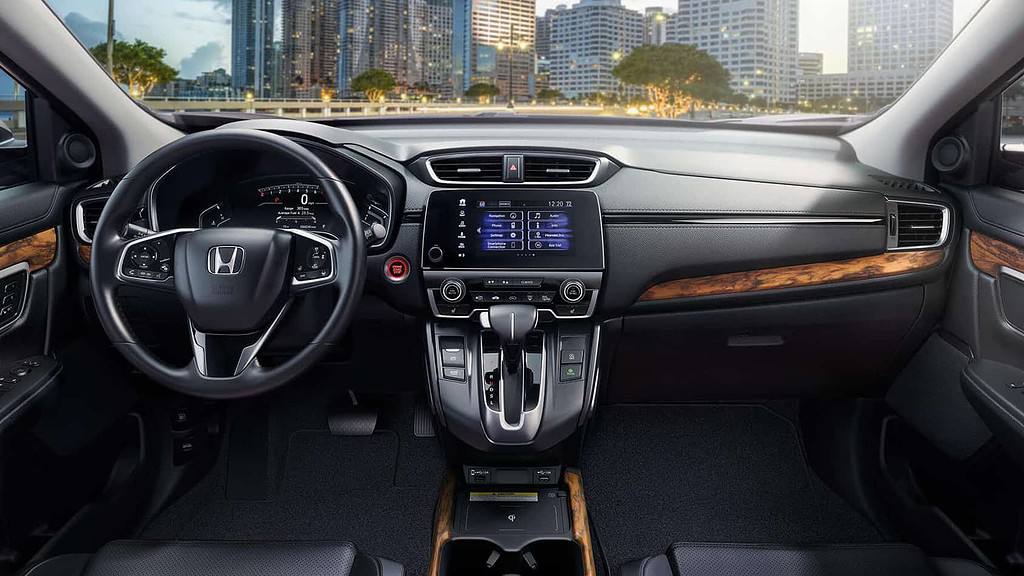
Should you buy a used Honda CR-V?
As long as you like the way it looks and it fits your budget, then yes, you absolutely should seriously consider buying a used Honda CR-V. The quality, durability, and popularity of the CR-V means used models are not as cheap as some rivals because the Honda holds its value better. The flip side of that is you’ll benefit from the Honda’s strong resale value when you eventually come to sell it too.
If you want to track down a used Honda CR-V or any other used vehicle for the lowest possible price, I suggest you check out government auctions where you can bid for decommissioned government, law enforcement, and federal authority vehicles as well as vehicles confiscated or repossessed by the authorities.
